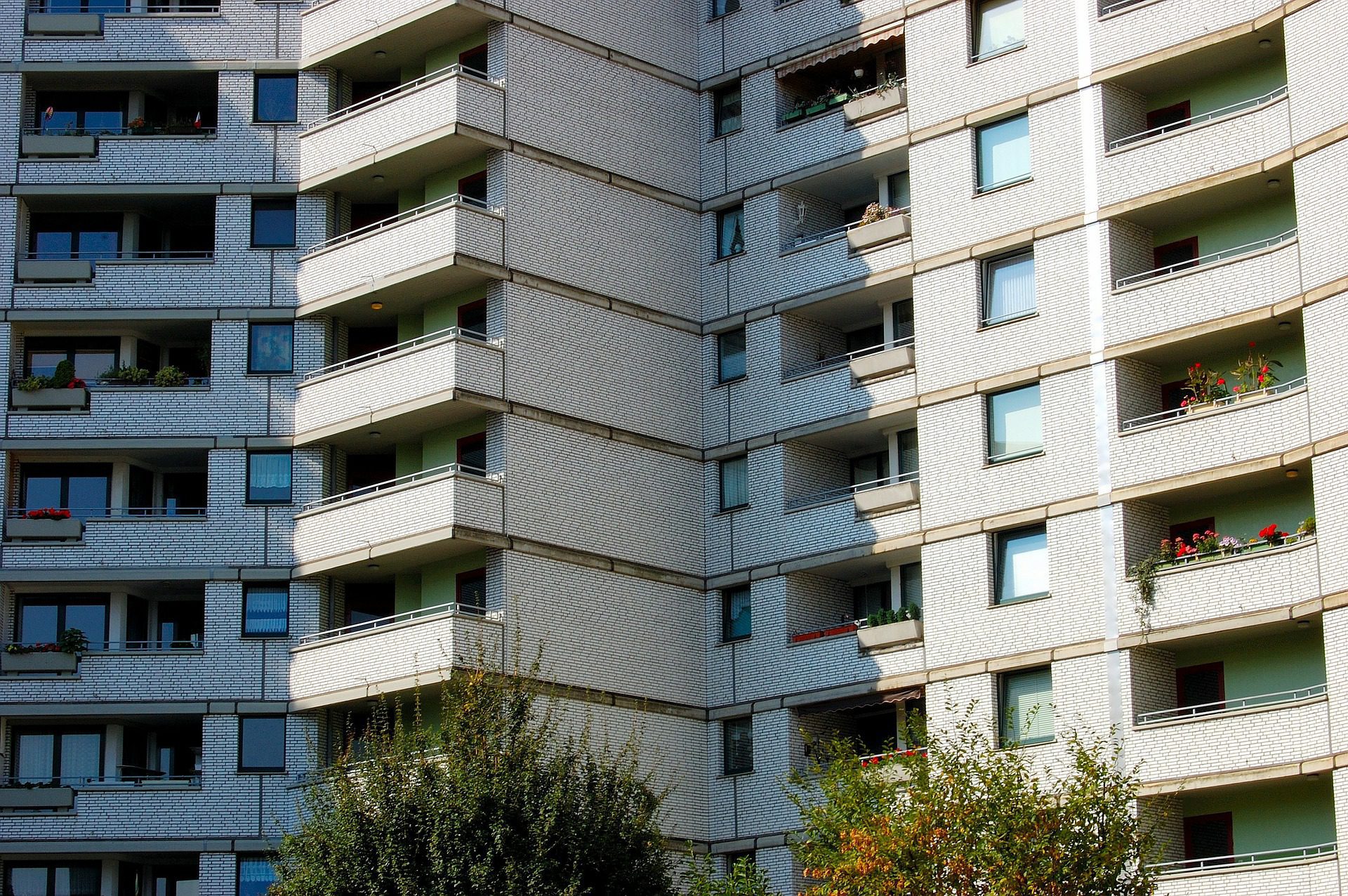A number of months ago, we reported that the English Government was launching a ‘Building a Safer Future’ consultation on improving fire safety in high rise buildings.
We’re pleased to be able to share the progress that has now been made. Earlier in the month (April 2020), the Government released more information about a proposed Fire Safety Bill, which would seek to clarify who was responsible for the management of the fire risk in multiple occupancy residential buildings (above 18m or 6 floors) and how they should go about carrying out their duties. Particular focus will be placed on cladding, balconies and windows, as well as doors in flats that open out onto communal spaces.
It is hoped that the Bill will allow for further legislation to be introduced ensuring that building owners are responsible for providing residents with fire safety instructions and updating and reviewing evacuation plans.
The Bill will also allow the Secretary of State for Housing, Communities and Local Government to alter the list of buildings which fall under the remit of the Fire Safety Order. This is of particular note, especially after the announcement that fire sprinklers would become mandatory in buildings of 11m (4 floors) or more from next month. This is currently only the case for buildings above 30m. The move comes after years of lobbying by the fire sprinkler industry, especially BAFSA, of whom SEP is a member.
In January, Robert Jenrick MP also announced that a Building Safety Regulator will be formed within the HSE, which will be responsible for overseeing fire safety measures in buildings over 18m. In its consultation response, the Government stated “The new regulator will be responsible for implementing and enforcing a more stringent regulatory regime for buildings in scope, providing stronger oversight of safety and performance of all buildings and increasing the competence of those working on building safety.”
Furthermore, a £1billion fund, announced during the March Budget, will soon be made available to accelerate the removal of unsafe cladding from problematic buildings. The Government will publish new simplified guidance for business owners, which will explain that more should be done to protect buildings under 18m. It pushes for certain types of ACM cladding to be removed from buildings of every height as soon as possible. Those building owners who do not begin the remediation process will be named and shamed.
A Building Safety Bill will be introduced later in the year, which will explain how the plethora of new rules will come into force.
Progress is finally being made in England (still way behind that of Wales and Scotland) to ensure the preservation of life and property. We’re now looking forward to seeing how the new rules will be implemented and whether they will have the desired effect.
A Parliamentary debate took place on 29th April 2020 in the House of Commons following the second reading of the Fire Safety Bill. The debate lasted for almost four hours and was extremely wide ranging, despite the time scales applied (as it was remote for many MPs). Many MPs raised matters regarding the progress with High-Rise Buildings post-Grenfell, and also the subject of the cost of repairs, together with the rise in insurance costs for owners. Thankfully, the Bill has now passed on to the next stage.

